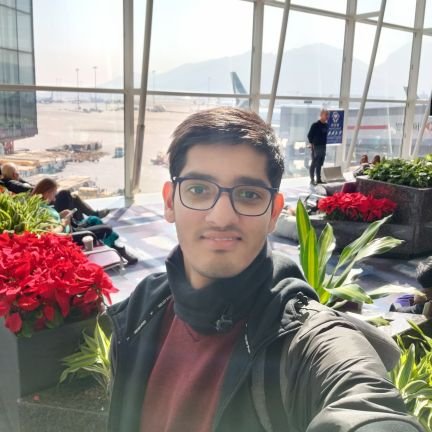
@prateeky2806
Ph.D. at @unccs Continual Model Adaptation and Composition Previously @MSFTResearch , @AmazonScience , @iitmadras . UG @iiscbangalore . Opinions are my own.

@prateeky2806
Ph.D. at @unccs Continual Model Adaptation and Composition Previously @MSFTResearch , @AmazonScience , @iitmadras . UG @iiscbangalore . Opinions are my own.